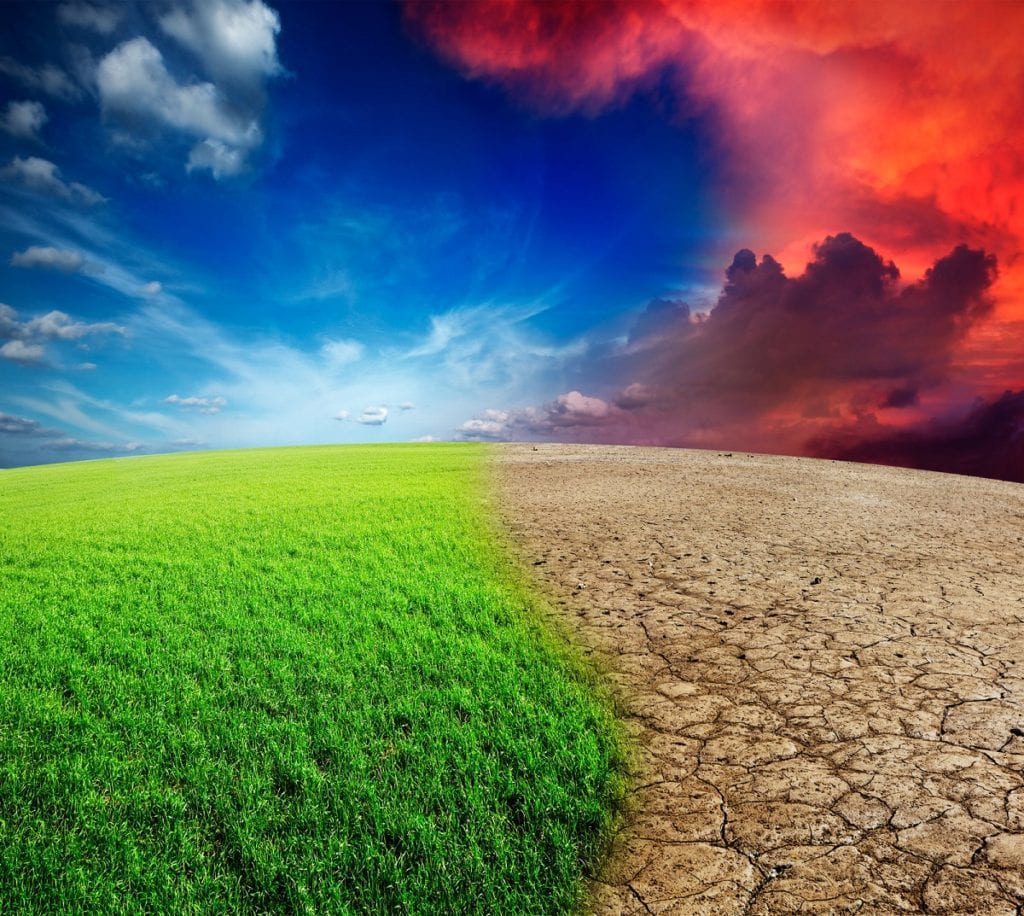
For countless millions of people around the world, gardening is not just a hobby – it is a passion. If you are one of those millions, then you know for a fact that climate change has already had a significant effect on the environment.
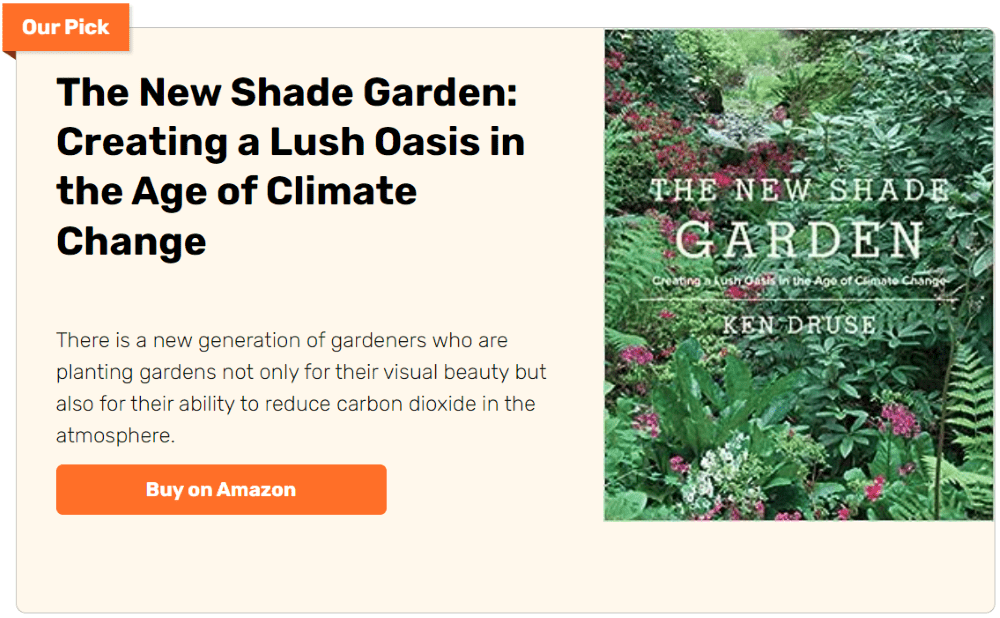
We are seeing higher average temperatures all over the world. In fact, in many places, gardeners have to contend with severe water restrictions and increasing spells of drought.
We are also seeing more invasive, non-native plants and animals in our backyards even as we notice a decline in native plant species and pollinators.
Fighting Climate Change in Your Garden
Contents
- 1 Fighting Climate Change in Your Garden
- 1.1 1. Use low emission garden products and practices.
- 1.2 2. Plant cover crops. Don’t leave your garden soil bare.
- 1.3 3. Plant trees to absorb carbon dioxide.
- 1.4 4. Compost kitchen and garden waste.
- 1.5 5. Reduce water consumption.
- 1.6 6. Invite birds and other wildlife into your garden.
- 1.7 Warning Signs
While scientists predict dire consequences in the coming years, these predictions are not inevitable. We can mitigate – or even lessen – the effects of climate change if we take steps now to reduce our carbon pollution.
We can also take action to help both natural and human communities adapt to the changes that are already underway.
Below are a few steps we can take to make a difference in the fight against climate change
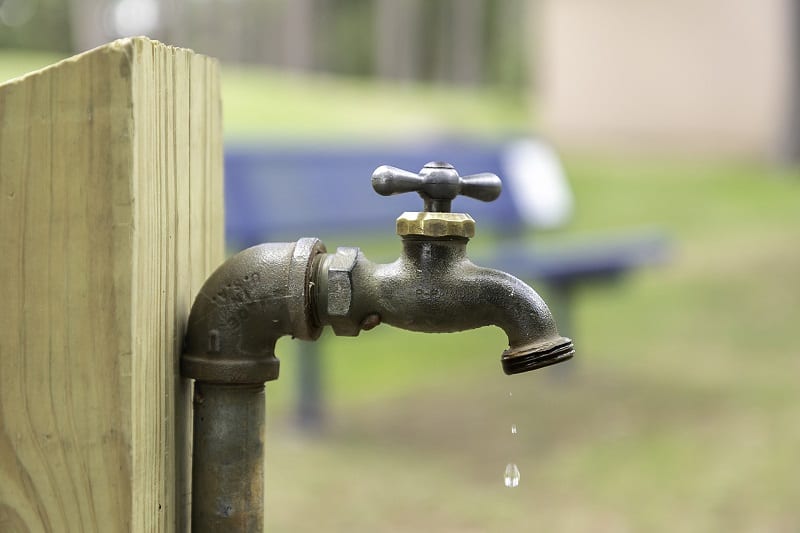
1. Use low emission garden products and practices.
Gasoline-powered garden tools produce significant amounts of carbon dioxide, the primary global warming gas. But greenhouse gases can also come from fossil fuel-based fertilizers, pesticides, and peat-based potting mixes, according to the Union of Concerned Scientists.
We can help reduce emissions by using electric or push mowers, rakes, and other low- or no-emission tools, compost, and natural pest-control methods.
While these alternatives may at times be more labor-intensive, the cumulative result should make the extra effort worthwhile.
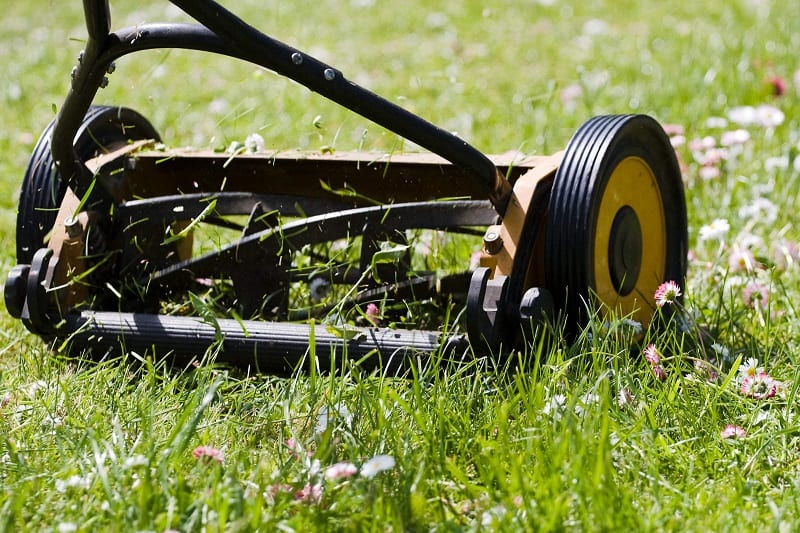
2. Plant cover crops. Don’t leave your garden soil bare.
You can stabilize, build, and augment nutrients in otherwise bare garden soil by planting winter cover crops such as grasses, legumes, and cereal grains.
This practice will not only keep weeds down and prevent erosion, but the cover crops will also add carbon to the soil when they are turned under in the spring. Peas, beans, clovers, and other legumes convert nitrogen from the atmosphere into natural fertilizer.
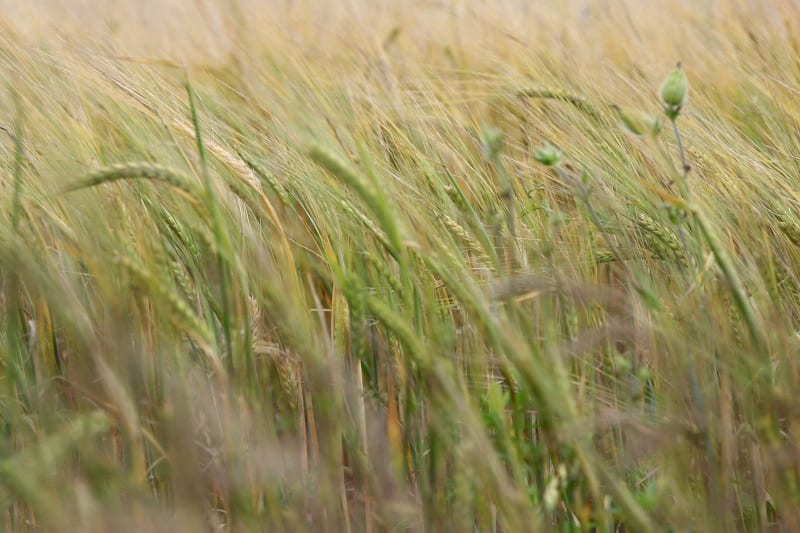
3. Plant trees to absorb carbon dioxide.
Trees can absorb and store as much as a ton of carbon pollution from the atmosphere. The more trees we plant, the better. Shade trees planted near your home can also reduce the energy you use for cooling in the summer.

4. Compost kitchen and garden waste.
Composting kitchen and garden waste can significantly reduce your contribution to carbon pollution.
Organic waste decomposing in oxygen-poor landfills generates methane. Methane is a heat-trapping gas 23 times more potent than carbon dioxide.
Composting also provides an excellent source of nutrients for your garden, which reduces the need for chemical fertilizers.
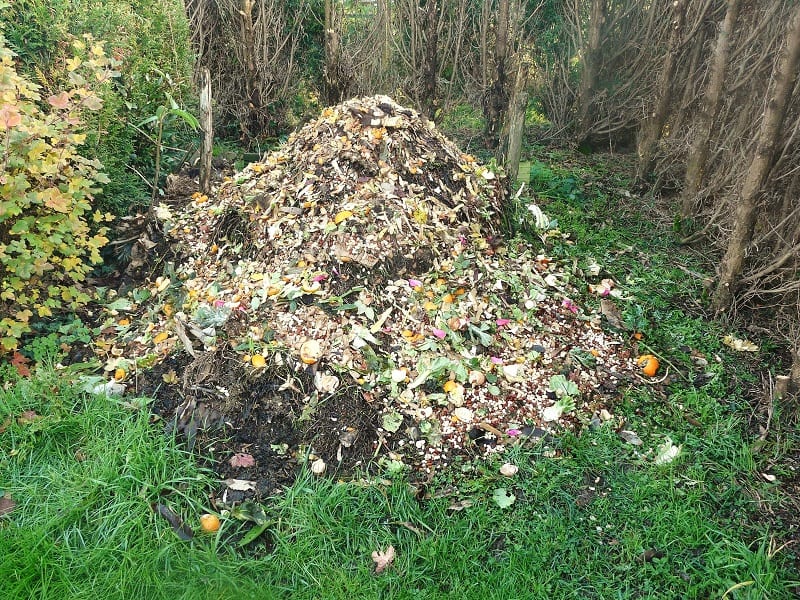
5. Reduce water consumption.
There are a number of ways to reduce water consumption in your garden. These include mulching, installing rain barrels, adjusting your watering schedule, and using drip irrigation.
Practices like mulching also provide your soil with additional nutrients. This, too, reduces the need for chemical fertilizers.
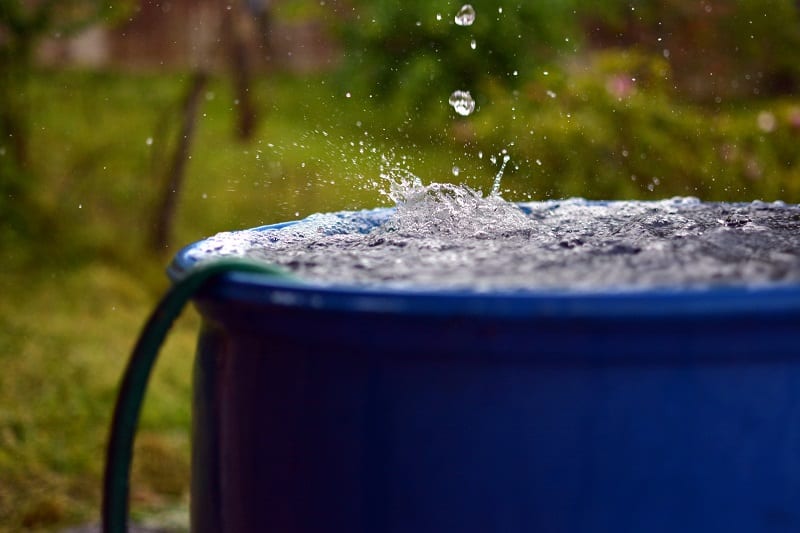
6. Invite birds and other wildlife into your garden.
Inviting wildlife into your garden will help ensure that a diverse range of birds, bugs, and mammals are able to adapt to the effects of climate change. Birdbaths and nest boxes will encourage birds to breed in your garden.
Trees, shrubs, hedges, and wildflowers meanwhile maintain – or help reconnect – fragmented wildlife habitats.
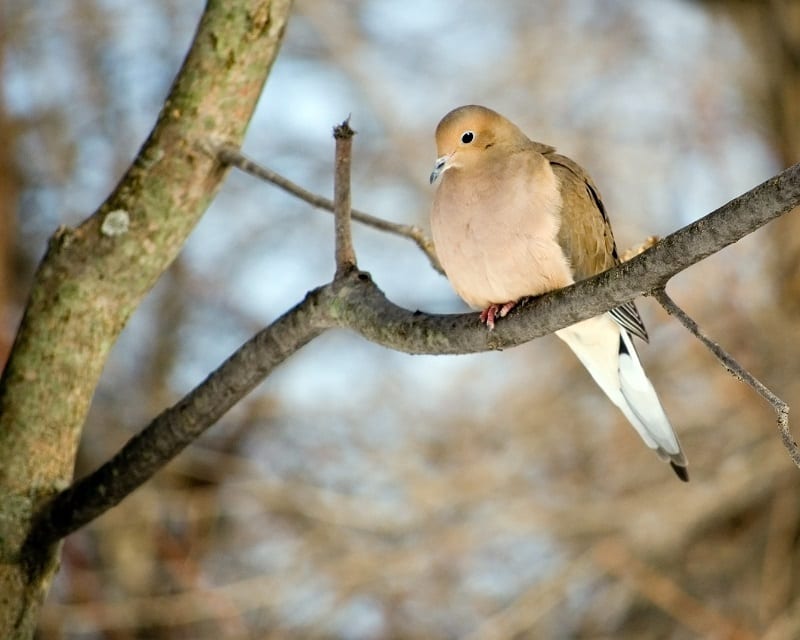
Warning Signs
The warning signs are all around us. We need to take meaningful steps now to curb our carbon emissions.
Given the strong relationship between gardens and the environment, a changing climate will create new challenges for gardeners.
Better gardening practices alone won’t solve climate change, but gardeners can point the way to climate-friendly national farm and energy policies that might.








